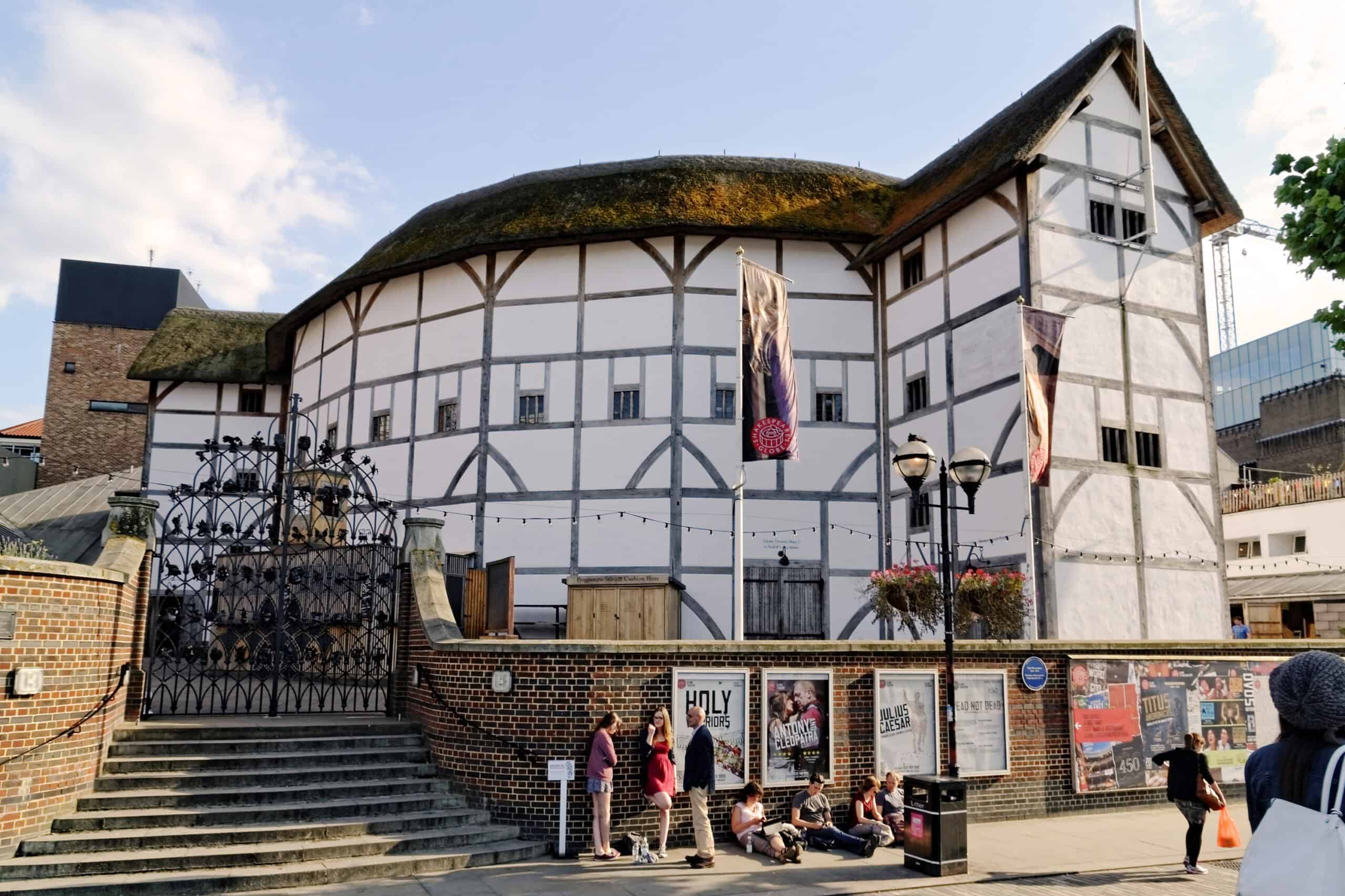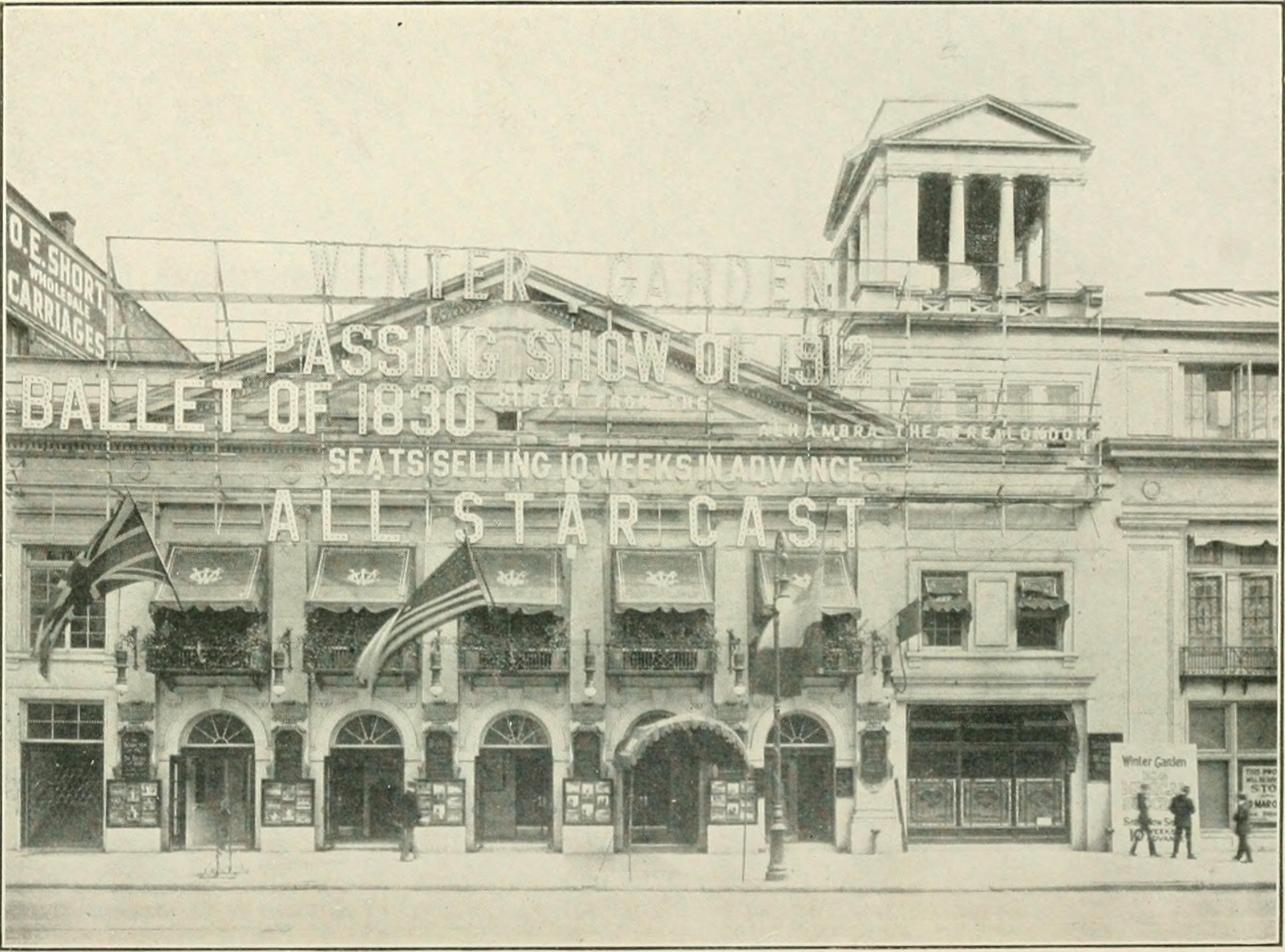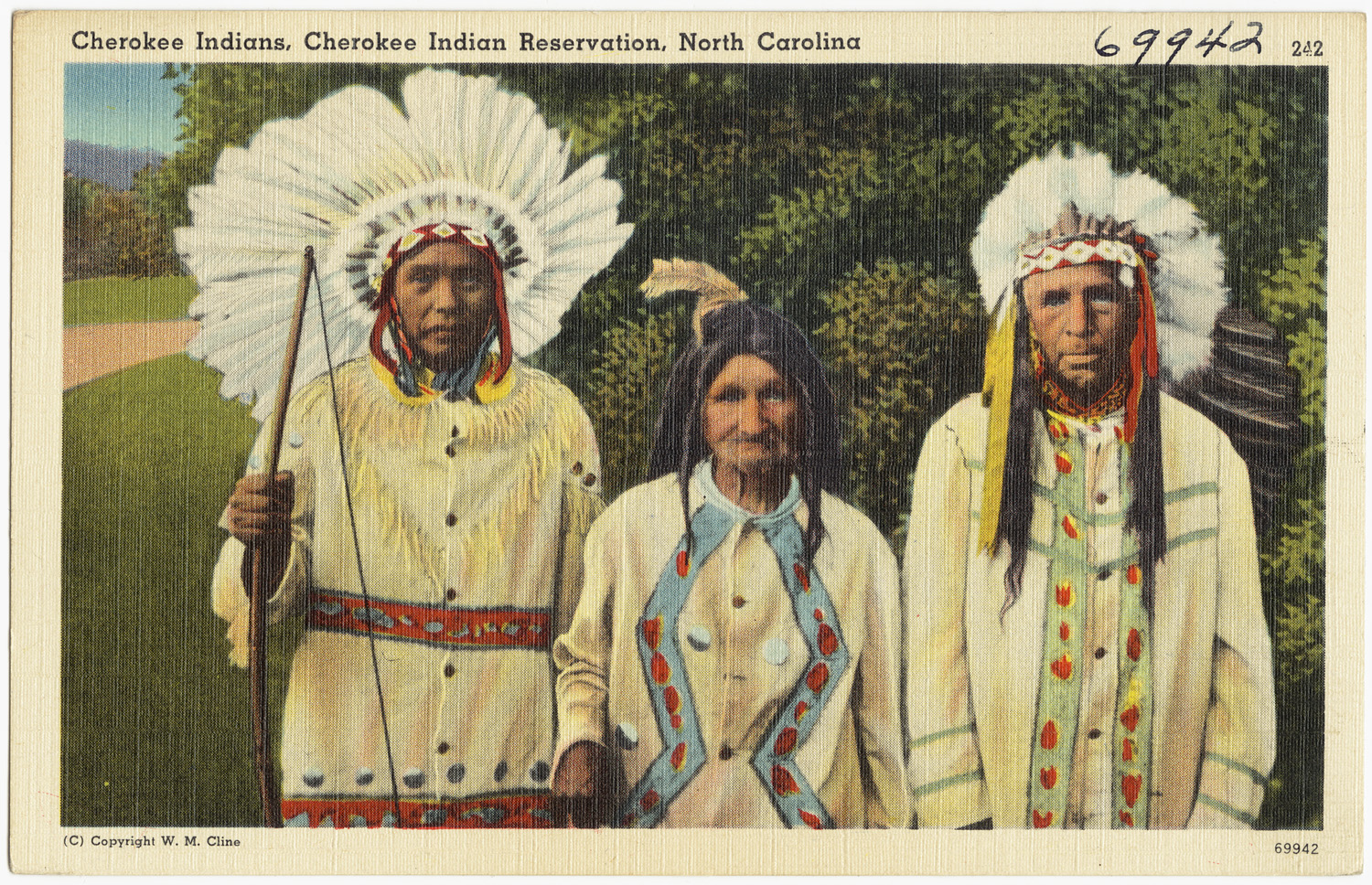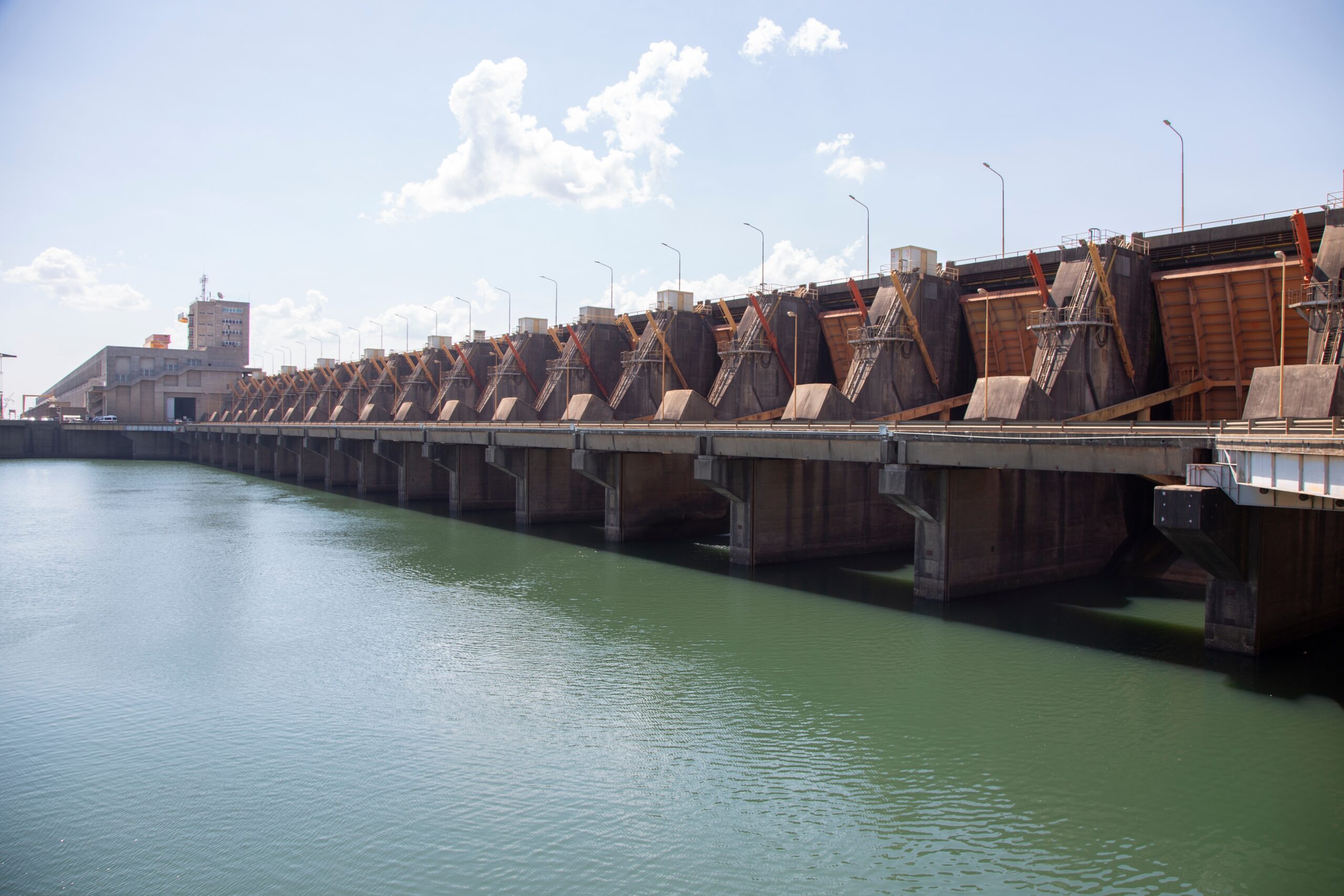Theaters are more than just spaces; they are cultural landmarks where creativity and history collide. Across the world, many legendary venues once lit up with iconic performances have faded into memory. These theaters weren’t just stages; they were symbols of innovation, ambition, and the shifting tastes of society. While the curtains have long closed on these spaces, their stories remain as vivid and captivating as the performances they once hosted. Let’s step back in time and rediscover these long-lost treasures of the performing arts.
The Globe Theatre (London, England)

The Globe Theatre, built in 1599, was one of the most iconic theaters of the English Renaissance. Constructed by Shakespeare’s acting company, the Lord Chamberlain’s Men, it was famed for hosting premieres of his masterpieces like Julius Caesar and King Lear. It was a circular, open-air theater with thatched roofing and wooden beams, accommodating up to 3,000 spectators. In 1613, during a performance of Henry VIII, a cannon misfire caused the thatched roof to catch fire, destroying the theater. A second Globe was built in 1614 but was closed by the Puritans in 1642. The original site was rediscovered in the 20th century, leading to the construction of the modern replica in 1997.
The Hippodrome Theatre (New York City, USA)

The Hippodrome Theatre, opened in 1905, was a marvel of engineering and design. It could seat over 5,000 people and featured an enormous stage equipped with advanced hydraulics for dramatic effects, including a tank that could hold live water shows. Known for hosting circuses, operas, and vaudeville acts, it was home to Harry Houdini’s famous “vanishing elephant” trick. Despite its popularity, the venue struggled during the Great Depression and closed in 1939. Demolished in 1952, its grandeur lives on in photographs and memories of a bygone era.
The Winter Garden Theatre (Demolished, New York City, USA)

The original Winter Garden Theatre, built in 1850, was one of New York’s premier entertainment venues. Originally a church, it was converted into a theater, becoming famous for hosting Shakespearean plays and operas. Edwin Booth, brother of John Wilkes Booth, performed some of his most celebrated roles here, including Hamlet. In 1865, the theater was temporarily closed following the assassination of President Abraham Lincoln by John Wilkes Booth. After multiple renovations and eventual financial struggles, the building was demolished in 1922. Its legacy lives on in its contributions to American theater.
Earl Carroll Theatre (New York City, USA)

Opened in 1922, the Earl Carroll Theatre epitomized the glitz and glamour of New York’s Jazz Age. It was named after producer Earl Carroll, who was renowned for his spectacular revues featuring grand musical numbers and striking stage designs. The theater also became infamous for its controversial shows, often dubbed as “theatrical follies,” which showcased scantily clad performers. Despite its popularity, the Great Depression led to its decline, and the theater closed in the early 1930s. The building was demolished, but its influence on American entertainment remains significant.
Olympic Theatre (London, England)

The Olympic Theatre, built in 1806, was a centerpiece of London’s theatrical landscape. It gained fame for its grand melodramas, pantomimes, and later, early musicals. The venue attracted a wide range of audiences with its affordable tickets and diverse performances. Among its highlights were productions by Lucia Elizabeth Vestris, one of the first female theater managers. Despite its success, the theater struggled in its later years and closed in 1899. It was ultimately demolished, marking the end of a historic chapter in London’s theater history.
Astor Place Opera House (New York City, USA)

The Astor Place Opera House, opened in 1847, was a cultural landmark designed for New York’s elite. Its elegant interiors and acoustics made it ideal for hosting operas, symphonies, and refined theatrical performances. However, it became the site of the infamous Astor Place Riot in 1849, a violent clash between supporters of American actor Edwin Forrest and British actor William Macready. This event marked a turning point in class tensions in New York City. After the riot, the theater fell out of favor and was eventually demolished in the late 19th century.
Old Drury Lane Theatre (London, England)

The Old Drury Lane Theatre, established in 1663, was a cornerstone of London’s theatrical history, renowned for hosting works by Dryden, Congreve, and Shakespeare, alongside groundbreaking performances by actors like Nell Gwyn and David Garrick. Built during the Restoration, it endured three devastating fires in 1672, 1791, and 1809, each time being rebuilt with greater grandeur, including the iconic proscenium arch introduced in the 1674 reconstruction by Sir Christopher Wren. Under Richard Brinsley Sheridan’s management in the late 18th century, it became a hub for high society and artistic innovation. Though the original structures are lost, the current 1812 iteration remains a living monument to centuries of drama and spectacle.
Niblo’s Garden (New York City, USA)

Niblo’s Garden, established in 1828, was a sprawling entertainment complex featuring a theater, gardens, and even a dining area. It hosted a variety of performances, including operas, ballets, and the first full-length musical, The Black Crook (1866), which ran for an unprecedented 474 performances. The theater became a cultural hub, attracting both elite and working-class audiences. By the late 19th century, changing tastes and urban development led to its decline. It was demolished in 1895, leaving behind a legacy of innovation in American theater.
The Adelphi Theatre (Demolished, London, England)

The Adelphi Theatre began its life as the Sans Pareil in 1806, founded by merchant John Scott and his daughter Jane, a playwright and actress. Renamed the Adelphi in 1819, it quickly gained fame for its “Adelphi Screamers,” thrilling melodramas that packed audiences nightly. The theater also became synonymous with adaptations of Charles Dickens’ works, including The Haunted Man and The Cricket on the Hearth. Located on The Strand, it was one of London’s most prominent playhouses during the Victorian era. The original building was demolished in 1901 and replaced with a modern theater that continues to bear its name, though the spirit and charm of the original belong to history.
Wallack’s Theatre (New York City, USA)

Wallack’s Theatre, opened in 1852, was a landmark in the evolution of American theater. Founded by British actor James W. Wallack, it introduced New Yorkers to a mix of European dramas and original American works. It hosted notable stars such as Edwin Booth, considered one of the greatest Shakespearean actors of the 19th century, and Lester Wallack, who brought a sophisticated style to comedic roles. Over its lifespan, the theater changed locations multiple times, moving to Broadway and 30th Street in its final iteration. Despite its success, it closed in 1887, and its original buildings were demolished. Wallack’s is remembered as a cultural touchstone of the 19th-century theater scene.
The Surrey Theatre (London, England)

The Surrey Theatre, originally the Royal Circus and Equestrian Philharmonic Academy, was established in 1792. Located in Southwark, it specialized in melodramas, equestrian performances, and pantomimes, drawing large crowds from all classes. Under various managers, including Thomas Dibdin, it transitioned into a major dramatic venue. Fires plagued its history, with significant reconstructions in 1805 and 1844. In its later years, it became a music hall before transforming into a cinema. The building was finally demolished in 1934, marking the end of an era for one of South London’s most beloved theaters.
The Bowery Theatre (New York City, USA)

The Bowery Theatre, built in 1826, was a symbol of New York’s diverse and evolving entertainment scene. Known for its affordability, it became a favorite among working-class immigrants, earning the nickname “The People’s Theatre.” Initially presenting Shakespearean plays and high dramas, it later embraced minstrel shows and patriotic productions to cater to its audience. The theater suffered five devastating fires but was rebuilt each time with increasing grandeur. Its final fire in 1929 marked the end of its storied existence. Today, the Bowery Theatre is remembered as a melting pot of 19th-century culture and performance.
Booth’s Theatre (New York City, USA)

Booth’s Theatre, founded in 1869 by acclaimed actor Edwin Booth, was considered one of the most technologically advanced theaters of its time. Designed in the Renaissance Revival style, it featured innovations like a fly system, stage elevators, and gas-lit chandeliers. The venue became synonymous with artistic excellence, hosting iconic productions of Hamlet and Macbeth. Booth himself performed to great acclaim, solidifying his reputation as America’s finest Shakespearean actor. Despite its success, high operating costs led to financial difficulties, and the theater closed in 1883. Demolished in 1965, Booth’s Theatre remains a symbol of 19th-century theatrical grandeur.
The Empire Theatre (New York City, USA)

The Empire Theatre opened its doors in 1893 as one of the first modern Broadway theaters. It set the standard for theatrical architecture with its plush interiors, electric lighting, and luxurious seating. Managed by Charles Frohman, it introduced plays featuring stars like Ethel Barrymore, Maude Adams, and John Drew Jr. Memorable productions included The Second Mrs. Tanqueray and Peter Pan. The theater was demolished in 1953 to make way for the New York Marriott Marquis hotel. The original Empire Theatre helped establish Broadway as the epicenter of American theater.
The Chestnut Street Theatre (Philadelphia, USA)

The Chestnut Street Theatre, built in 1794, holds the distinction of being the first purpose-built theater in the United States. Located in Philadelphia, it was a beacon of early American culture and showcased Shakespearean plays, operas, and even the nation’s first ballet. Notable performers like Edwin Forrest and Fanny Kemble graced its stage. A devastating fire in 1820 led to its rebuilding, but by the mid-19th century, shifting tastes and financial difficulties forced its closure. Demolished in 1855, the Chestnut Street Theatre remains a landmark in the history of American performing arts.




